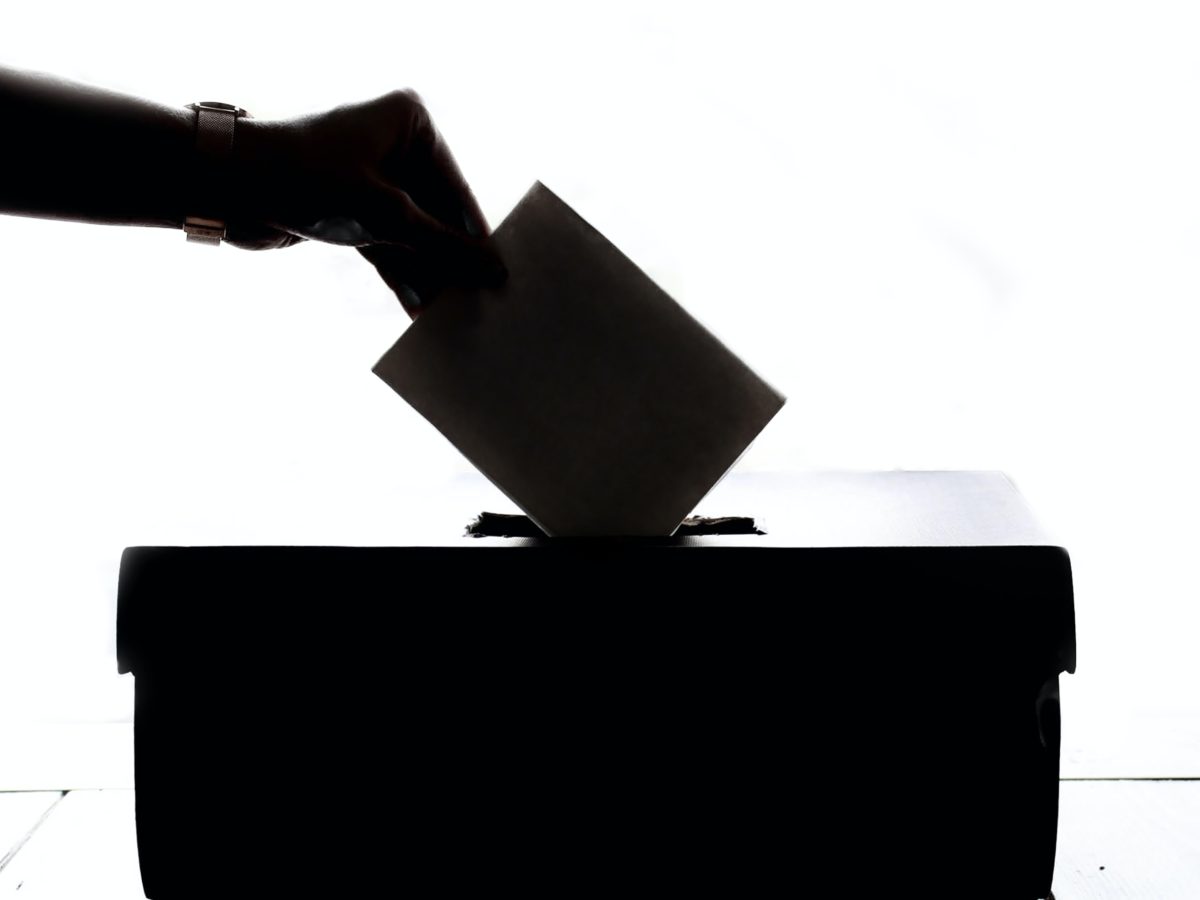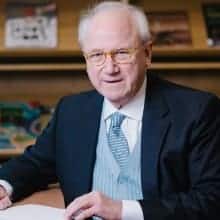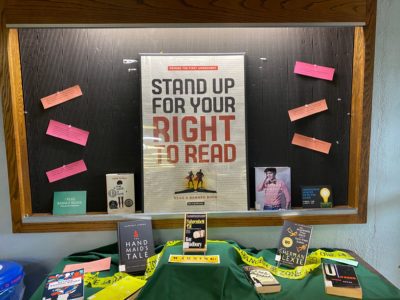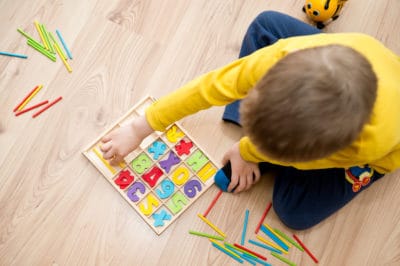
Until COVID-19 cautiousness led me to vote by mail in 2020, I had savored the regular experience of showing up in person to cast a ballot on Election Day. Over the five decades I have voted in North Carolina, my precinct polling place has almost always been at a nearby public school.
After the onslaught of coarse campaign commercials and hyped fundraising mail, Election Day itself served as a contrasting emotional experience. From dawn to dusk, the day seemed especially quiet, with only the soft murmur of citizens lining up at the polls to cast the votes that determine who would have power in their local, state, and national governments.
Several states mark the official federal voting day — the first Tuesday after the first Monday in November — as a civic holiday. Some reformers advocate making it a national holiday to foster greater turnout of voters. In North Carolina and elsewhere in recent years, many school districts have made Election Day a holiday for school children.
It’s difficult to object to district school boards and superintendents who close schools in response to parents’ concerns over safety on a day that brings many strangers into their buildings. Voters add to the burdens of traffic and parking control. What’s more, the intensity of partisan contentiousness has alarmed school officials over the potential for altercations at the polls.
However prudent the closing of schools, it nevertheless seems sadly a moment of educational opportunity lost to the distemper of contemporary America. Voting is a fundamental act of civic engagement, and schools are foundational civic infrastructure for democracy. With polling places in school gyms and auditoriums, Election Day has served as an intersecting of democracy and public schools.
Students could catch a glimpse of adults showing up to vote; they could see candidates’ signs and campaign workers handing out leaflets. Even shielded from the polling place, they could get a sense that something important is going on. For citizens, meanwhile, even a short visit to a school campus would signify its role as a community asset and linchpin.
Of course, education on elections and democracy doesn’t take place solely on Election Day. Campaigns themselves serve as proverbial teachable moments.
Schools can brief students on the practical steps involved in registering and voting. North Carolina law requires every high school to “make available to its students and others who are eligible to register to vote the application forms.”
According to State Board of Elections data emailed to me, North Carolina has 285,403 active registered voters, ages 18, 19, and 20. Of them, 95,029 registered this year. The current state electorate totals 7.37 million registered voters.
North Carolina has shifted from a single Election Day to an election period with the designated Tuesday in November as the conclusion. For 2022, Oct. 14 is the regular voter registration deadline. Early voting runs from Oct. 20 to Nov. 5 — with same-day registration allowed. Absentee ballots may be requested until Nov. 1, and must be returned postmarked on or before Election Day, Nov. 8. (For more on registering and voting, go here.)
Without engaging in partisanship, schools can go beyond practical instruction on voting to helping students gain some experience in democracy’s customs and a taste for personal participation. Schools can sponsor debate clubs, conduct mock elections to acquaint students with ballots, and invite local officials to classes.
History and civic classes can guide students to a fuller understanding of the nation’s long struggles over the right to vote. The original electorate was limited to white male landowners. Reconstruction produced the 15th Amendment prohibiting denial of the right to vote on the basis of race. The suffragette movement led to the 19th Amendment prohibiting denial of the right to vote on the basis of sex. The civil rights movement propelled the Voting Rights Act. The Vietnam War gave rise to the 20th Amendment that brought 18-, 19- and 20-year-olds into the electorate.
These amendments hardly put an end to the political struggles over access to the ballot box that continue today on TV, online, in legislatures, and in the courts. In addition to nonpartisan teaching on voting and its history, schools can offer students practice in civil discourse as well as in navigating through the online ecosystem to avoid the shoals of disinformation.
On Nov. 8, I plan to vote once again in person at my designated precinct site. Wake County elections officials recently shifted my precinct site from a school to a church facility. Still, with schools closed, I hope to encounter there newly eligible high school or college students taking part in the most basic act of democratic citizenship.




